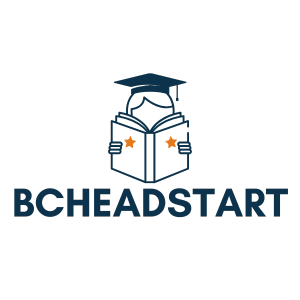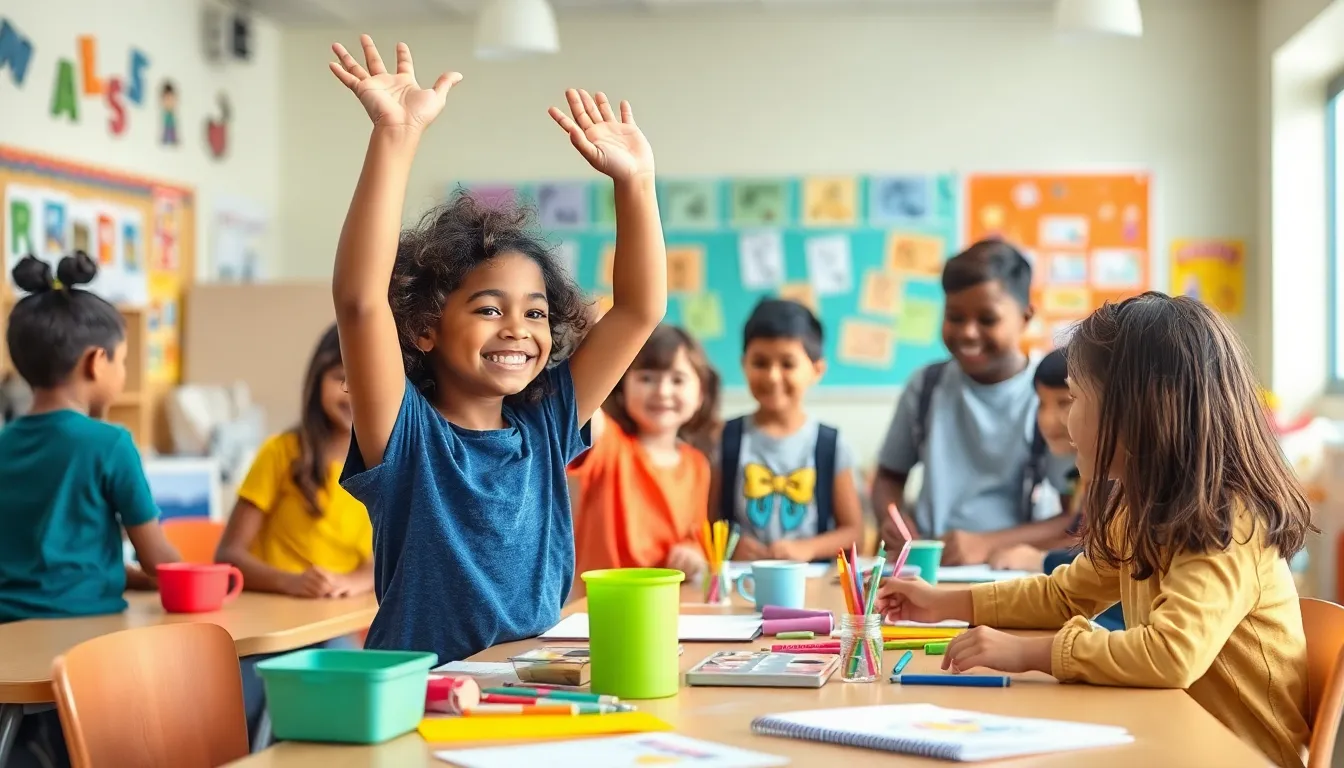In a world where students often feel like they’re stuck in a never-ending cycle of lectures and textbooks, creative teaching methods are the breath of fresh air every classroom desperately needs. Imagine a classroom where learning feels less like a chore and more like an adventure, where students are eager to dive into lessons instead of daydreaming about lunch. It’s not just a fantasy—it’s a reality that innovative educators are crafting every day.
Table of Contents
ToggleOverview of Creative Teaching Methods
Creative teaching methods enhance classroom dynamics and student engagement. These methods include experiential learning, project-based learning, and gamification. Experiential learning immerses students in real-world experiences, making abstract concepts tangible. Project-based learning encourages collaboration and critical thinking through team-oriented assignments. Gamification incorporates game elements, promoting motivation through challenges and rewards.
Incorporating technology also transforms traditional teaching. Tools like interactive whiteboards and educational apps foster an interactive learning environment. These innovations make lessons more appealing and accessible.
Various methods exist to accommodate diverse learning styles. Differentiated instruction tailors lessons to meet individual student needs. Visual aids benefit visual learners, while auditory resources support those who learn best through listening. Kinesthetic activities engage those who thrive on movement and hands-on tasks.
Creativity in teaching sparks curiosity and exploration among students. Encouraging students to ask questions cultivates a deeper understanding of subjects. Formative assessment techniques, such as peer reviews and self-assessments, provide immediate feedback, helping students track their progress.
Implementing these creative teaching methods positively impacts academic performance and student satisfaction. Engaged learners demonstrate improved retention and a stronger connection to content. As educators explore and adopt innovative methods, they create fulfilling learning experiences that resonate with students and enrich classrooms.
Benefits of Creative Teaching Methods

Creative teaching methods bring significant advantages to classrooms. These innovative strategies enhance various aspects of the learning experience for both educators and students.
Enhanced Student Engagement
Engaged students participate actively in their learning processes. Incorporating stimulating activities captures their attention and piques their interest. Creative teaching methods encourage collaboration among peers, making lessons interactive and enjoyable. Utilizing tools like gamification stimulates competition and curiosity, which motivates students to participate. Active involvement helps deepen understanding of the material. When students feel connected to the content, their enthusiasm for learning increases. Creativity in teaching transforms lessons into dynamic experiences that spark a genuine love for education.
Improved Learning Outcomes
Improved learning outcomes result from adopting creative teaching methods. Students show better retention of concepts due to interactive and experiential learning approaches. Problem-solving skills emerge through hands-on projects and real-world applications. As individuals engage in collaborative tasks, they develop critical thinking abilities. Enhanced creativity in teaching corresponds with higher academic performance. Utilizing varied instructional strategies accommodates diverse learning styles, ensuring that all students grasp the content effectively. These improved outcomes reflect the effectiveness of innovative educational strategies in fostering a richer understanding of subject matter.
Popular Creative Teaching Methods
Various creative teaching methods enhance learning experiences in classrooms. These approaches foster engagement and enthusiasm among students, transforming traditional educational practices.
Project-Based Learning
Project-based learning immerses students in hands-on experiences. Students work on a project over an extended period, fostering collaboration and critical thinking. Educators encourage learners to investigate real-world problems, enhancing their problem-solving skills. Effective project-based learning integrates multiple subjects, allowing students to see connections in their studies. This method improves retention by engaging them actively in their education.
Cooperative Learning
Cooperative learning promotes teamwork among students. In small groups, students share ideas, learning from one another. Each member’s responsibility reinforces accountability while building social skills. This method encourages diversity by bringing together different perspectives, enriching classroom discussions. It also supports the development of communication and conflict-resolution skills. Engagement often increases when students collaborate on tasks, leading to improved academic performance.
Flipped Classroom
In a flipped classroom, traditional roles of in-class and out-of-class learning are reversed. Students review instructional content at home, allowing educators to focus on activities during class. This method maximizes classroom time for discussions and hands-on experiences. Students gain more control over their learning pace, reviewing material as needed. Teachers guide and facilitate learning, promoting deeper understanding. The flipped classroom approach enhances student engagement and fosters a more interactive learning environment.
Implementing Creative Teaching Methods
Implementing creative teaching methods transforms classroom experiences into engaging and dynamic environments. Educators can utilize various strategies to promote active student participation and foster a love for learning.
Strategies for Teachers
Incorporating hands-on activities encourages exploration and reinforces concepts. Utilizing project-based learning allows students to engage in real-world scenarios. Implementing gamification techniques motivates students through competition and rewards. Adopting cooperative learning enhances collaboration, building teamwork skills among peers. Integrating technology, such as interactive apps, creates immersive and interactive experiences. Encouraging student-led discussions fosters communication and critical thinking. Using differentiated instruction meets the diverse needs of learners, accommodating varied learning styles and preferences. Observing students’ interests can guide teachers in designing relevant curriculum material.
Overcoming Challenges
Addressing challenges is crucial for successful implementation. Time constraints can limit opportunities for creative approaches in traditional curricula. Teachers can manage this by prioritizing key concepts and integrating methods gradually. Resistance from students or parents may arise when adopting new techniques. Communicating the benefits and purpose of these methods helps to mitigate concerns. Resource limitations can pose significant barriers, but utilizing free online tools can enhance creativity without additional costs. Collaborating with colleagues provides opportunities for sharing resources and ideas. Continuous professional development equips educators with new strategies to improve teaching practices. Flexibility in adapting methods fosters resilience in facing obstacles.
Creative teaching methods are essential for cultivating an engaging and dynamic learning environment. By employing innovative strategies like experiential learning and gamification, educators can inspire students to take an active role in their education. These methods not only enhance motivation but also foster collaboration and critical thinking skills.
As classrooms evolve, the integration of technology and differentiated instruction becomes crucial. Teachers who adapt their approaches can better meet the diverse needs of their students. Ultimately, embracing creativity in teaching leads to improved academic performance and a lifelong love for learning. The journey toward innovative education is ongoing, and its benefits are profound for both students and educators alike.

